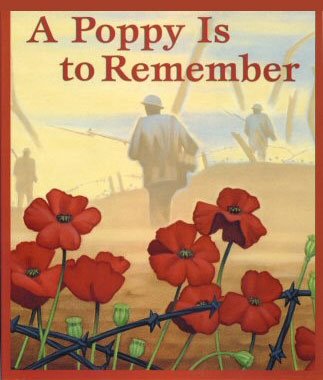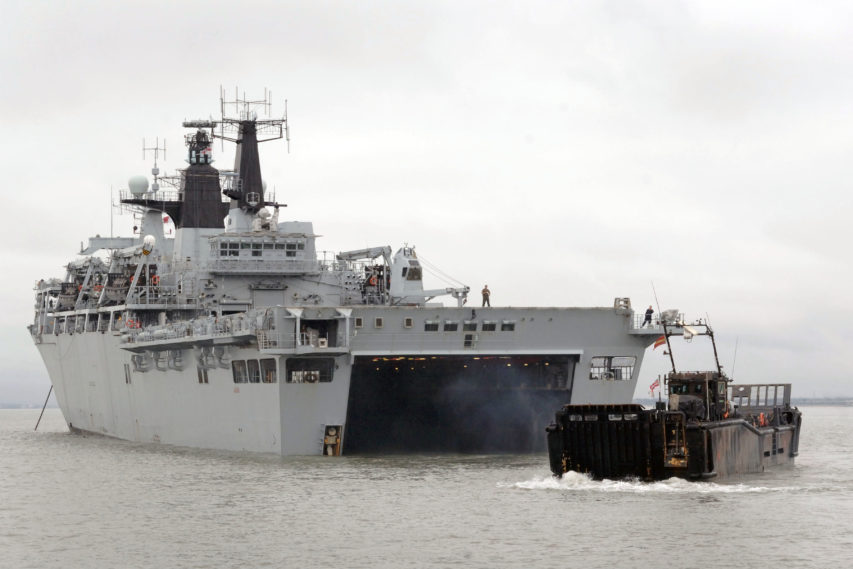Megan McArdle is trapped behind enemy lines in the latest outbreak of the great taste war:
At this point I should put my cards on the table: Geographically and demographically, I belong in bitter country. But I am an exile-in-residence, because bitter foods make me wince.
I mean that literally. Really bitter things — a Negroni, say — produce in me a physical aversion that is close to pain. Black coffee I find merely extraordinarily unpleasant, and hoppy beer is just barely endurable. If I really had to endure it. Say, if consuming a bottle of IPA were the only way to save a busload of orphans who had been kidnapped by a beer snob.
Given where I live here in Washington, DC, and my known interest in food, the presumption of the bitter evangelists is that I must simply need re-education. I have been subjected to many hours of lectures on how I just need to clear my palate from all the sweet garbage I’m used to, so that I can appreciate the subtle joys of bitterness. I have refrained from suggesting that they hold still while I teach them to enjoy the subtle joys of being repeatedly kicked in the shins.
For over years of learning about food — and living with a bitter-loving craft cocktail enthusiast — I’ve come to realize that my aversion to bitter foods is almost certainly genetic. The Romans who coined the adage “de gustibus non est disputandum” were righter than they knew; science now tells us that there is indeed no sense arguing over taste, because you’re not going to change someone’s genome. Many seemingly mystifying divides over foods like cilantro come from the fact that some people have taste receptors that others don’t. If you have no receptors for the “soapy” compound in cilantro, this herb adds a marvelously tangy note to a dish. If you have those receptors, anything cooked with it tastes like Irish Spring en cocotte.
In my case, I probably have more bitter receptors than most people, so that a drink my husband finds intriguingly astringent would hit me like a punch to the tongue. I can no more get over my instinct to spit out bitter foods than he could get over his instinct to take his hand off a hot stove.

 Private William Penman, Scots Guards, died 16 May, 1915 at
Private William Penman, Scots Guards, died 16 May, 1915 at 
 Yesterday’s news that the Vikings were activating Teddy Bridgewater and placing Sam Bradford on injured reserve got lots of reaction from the fan bloggers as well as the pro sports writers in the Twin Cities. 1500ESPN‘s Matthew Coller provided some background on
Yesterday’s news that the Vikings were activating Teddy Bridgewater and placing Sam Bradford on injured reserve got lots of reaction from the fan bloggers as well as the pro sports writers in the Twin Cities. 1500ESPN‘s Matthew Coller provided some background on 

